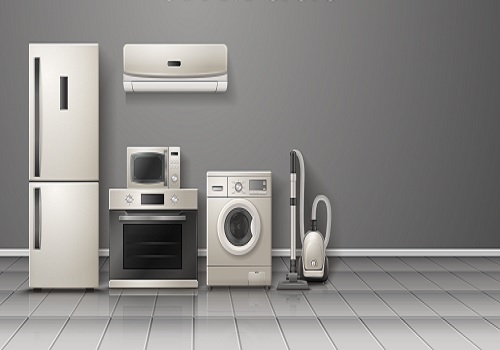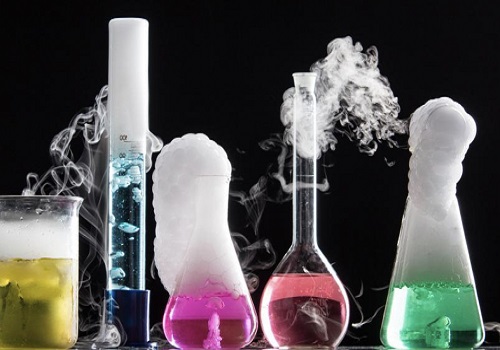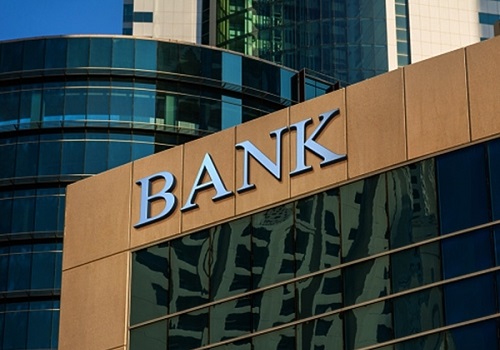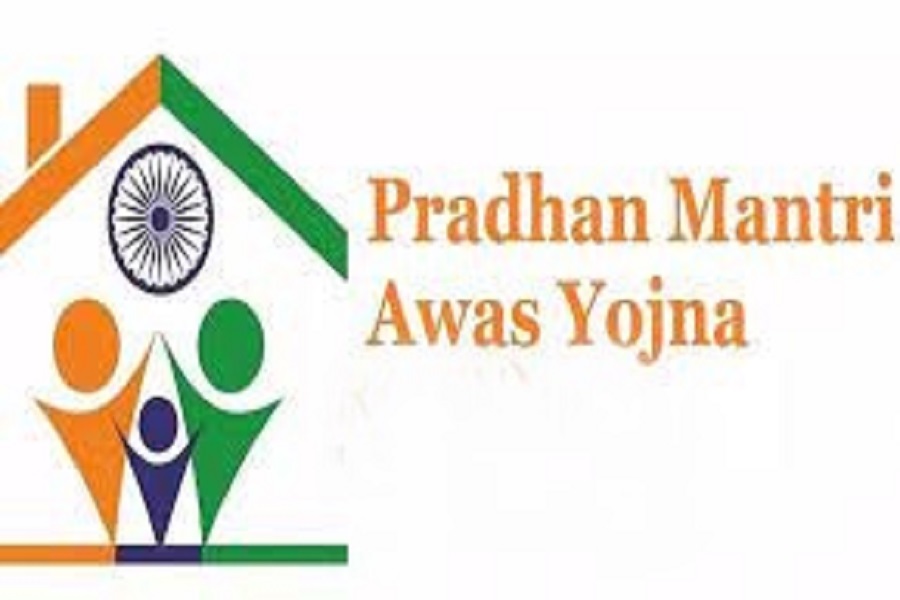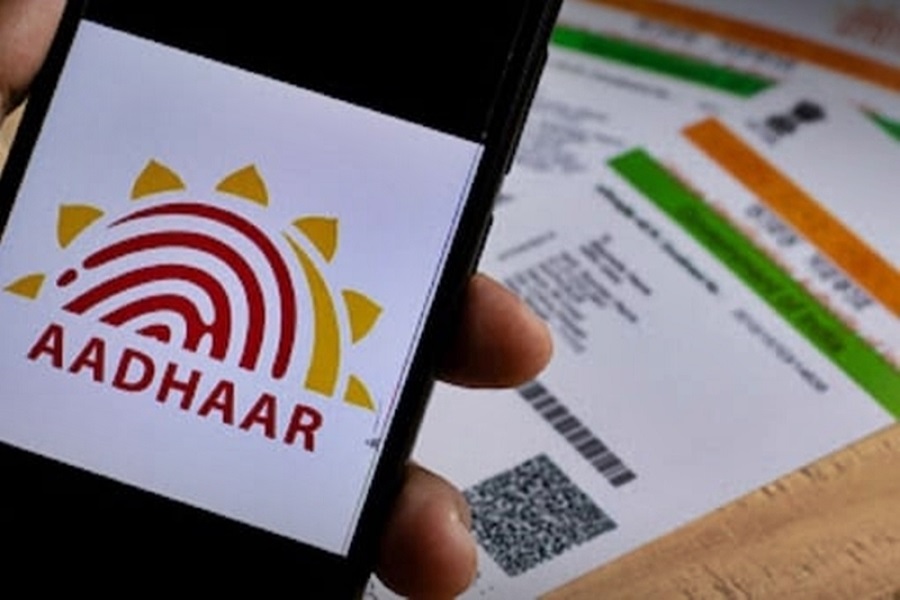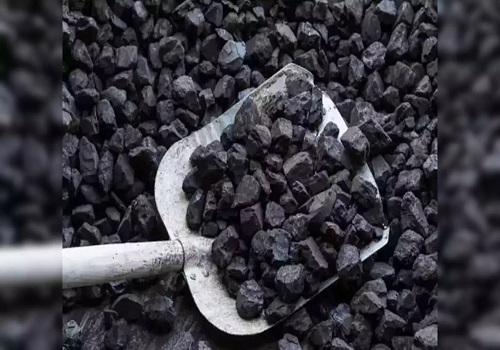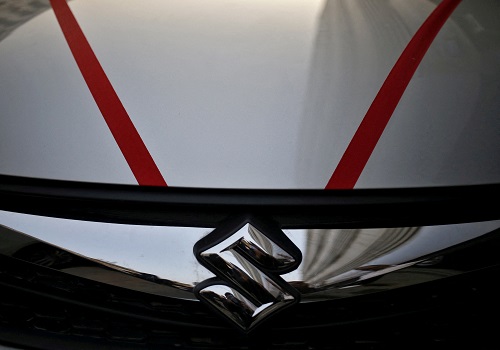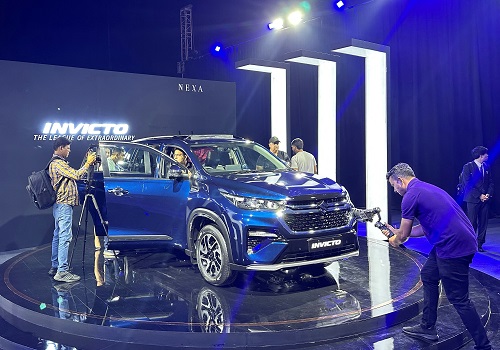Automobiles Sector Update - What really matters in Auto industry?: New launches and Brand strength By JM Financial Services
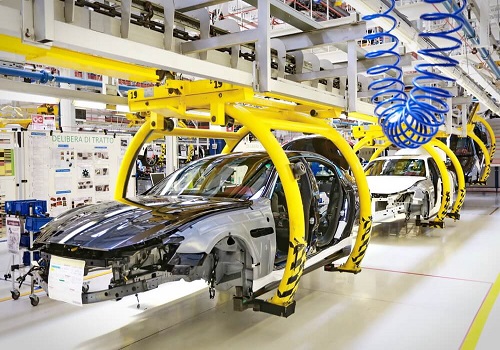
What really matters in Auto industry?: New launches and Brand strength
Domestic automobile industry has witnessed multiple challenges during the past five years. Right from emission changes, mandatory TP motor insurance, safety related regulations (mandatory ABS/CBS, driver-side airbags, speed warning alarm, seatbelt reminder alarms, crash test norms compliance, etc.) to numerous rounds of commodity-inflation led price hikes. This has increased the upfront acqusition cost of a vehicle by 20-35%. On top of that, there has been covid-related supply disruptions, semi-conductor shortage, rural slowdown and jump in fuel prices by 40-50% during the same period. However, despite these headwinds, there are sub-segments within both, PVs and 2Ws, which have performed well. This leads us to a key question as to what really matters when it comes to capturing growth in the market?
Cost increases, though relevant, but not enough to mar growth potential; new launches - a key to drive PV sales: Over the last 5 years, varying by different PV sub-segments, the on-road price-to-customer has gone up by c.20-33% (Refer exhibit 1,4,7). However, UVs, including both SUV and MUV segment, have bucked the trend and managed to post a healthy c.12% CAGR (SUV:12% CAGR ; MUV:11%CAGR) during the same period. This was driven by customer-pull and OEM focus for MUV/SUV-ish kind of vehicles. Number of players in the SUV and MUV segment expanded from 14/2 in FY17 to 17/6 by FY'22, respectively. The segment witnessed c.40 new model launches, driving the share of UV segment from c.25% to c.48% in the past five years. In contrast, the passenger car segment only witnessed 12 new vehicle launches and, hence the subdued performance of this segment vis-à-vis the UV segment. We acknowledge, the Passenger car segment (mostly entry-level hatchbacks) is relatively more price sensitive and susceptible to rise in fuel prices but then also gets supported by higher CNG model availability. Share of CNG sales has risen from 5% in FY'17 to 15% during 9MFY'22 (basis MSIL announcement)
150-200cc segment beats decline; superior brand strength, new entrants drive growth: Similarly, in the 2W segment, the impact of multiple disruptions and vehicle price hikes is evident across the board. Entry-level motorcycles are also impacted by the rural slowdown and steep 40% rise in petrol price. The higher-end motorcycle segment (>200cc) faced challenges procuring semiconductor chip supplies (RE monthly volume average FY19/FY21/FY22e:67k/48k/42k ). Entry-level motorcycle price has soared by c.35%, while the increase in the higher-end motorcycles is limited in the range of 20%, purely owing to the higher price base. However, even in this backdrop, one sub-segment outperformed the rest. Entry of new players and segment-leader TVS with superior brand strength (Apache), kept the 150-200cc segment in the positive growth territory. The segment registered c.6% CAGR between FY'17-22e. The customer profile for this segment aided as well, with rising young urban customers’ preference for performance bikes at an affordable price point (INR129K-153K for TVS Apache). Another sub-segment also witnessed positive CAGR of 3% (110cc-125cc). However, it was owing to downtrading witnessed from 125cc-150cc motorcycles (CBS/ABS inclusion impact).
Tata Motors (Domestic PV.biz.) - Case in point: During the last five years, Tata Motors’ domestic PV business witnessed the same headwinds as other OEMs. However, with the ‘New Forever range’, they revamped the entire product portfolio – launching 7 new models (PC:3; UV:4) in the last 3 years. These launches led to volume CAGR of c.16% (- 0.9% CAGR for the industry) over FY17-22e. While the acquisition cost of Nexon has also increased by c.25-30% (like other products in the industry), yet market share has grown from c.6% in FY17 to c.12% for YTD’FY22 and its EBITDA margin improved from c.-12% in FY18 to over c.4% in FY22. Taking TVS as another case, despite steep price inflation in the entire 2W industry and with multiple headwinds, Apache portfolio, has performed well (volume CAGR 2% vs. -1% decline in 150-200cc motorcycle ex. of new entrants - Yamaha and Hero over FY17-22e). Strong brand pull & offering value proposition has helped it beat the segment performance. Basis this, we remain confident on Maruti’s new product cycle (Tank-Up; UV segment set for a makeover). We continue to like MSIL and TVSL among domestic auto companies.
To Read Complete Report & Disclaimer Click Here
Please refer disclaimer at https://www.jmfl.com/disclaimer
CIN Number : L67120MH1986PLC038784
Above views are of the author and not of the website kindly read disclaimer

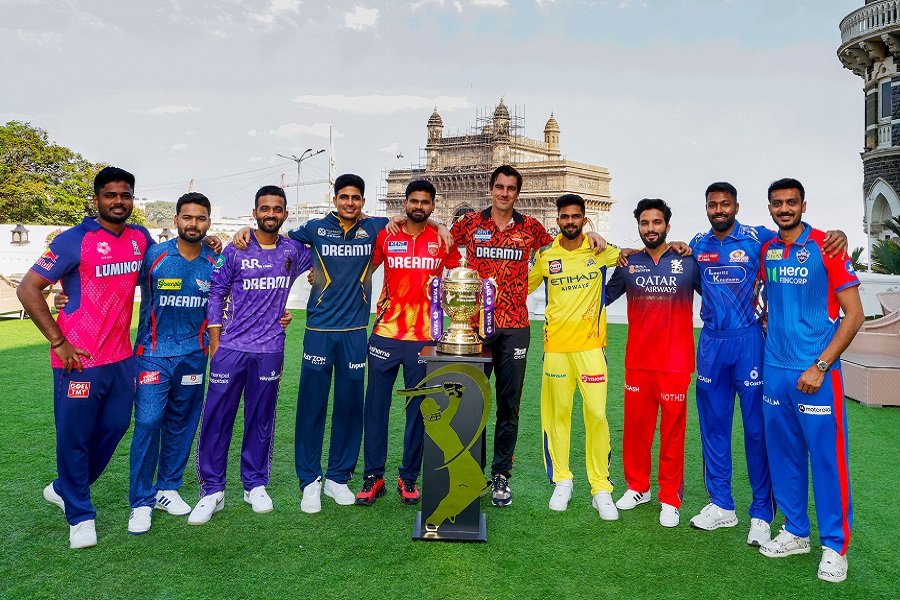
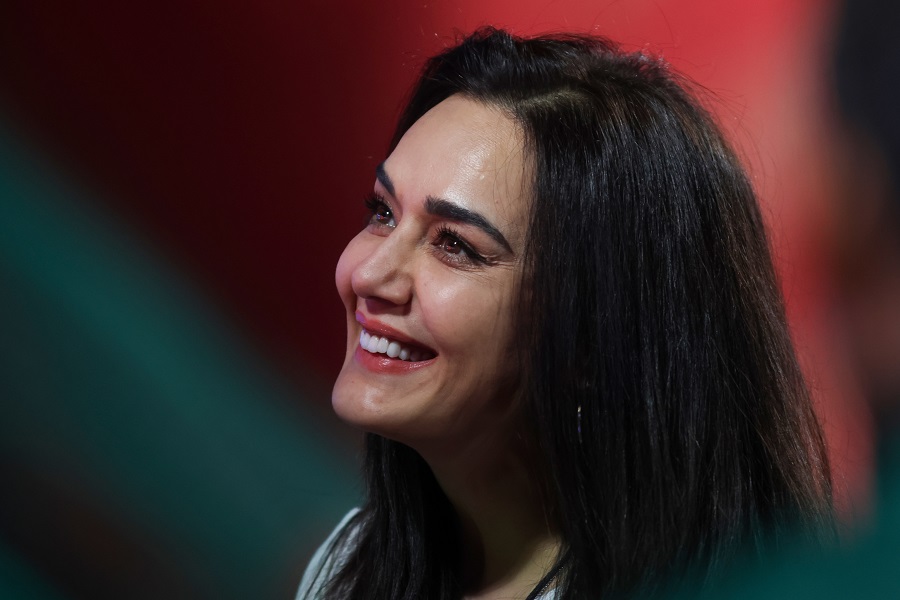

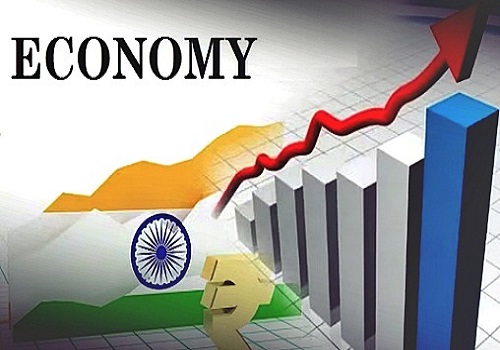
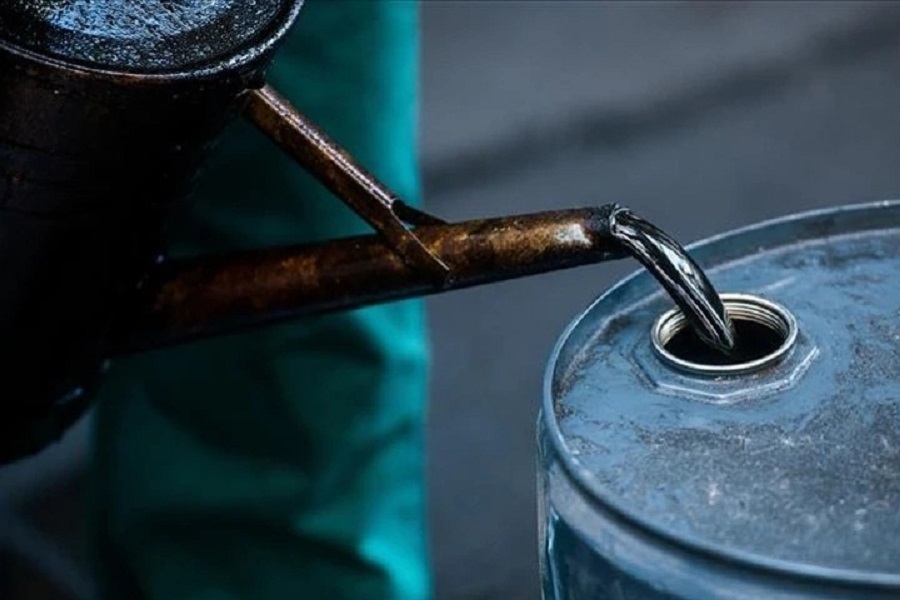

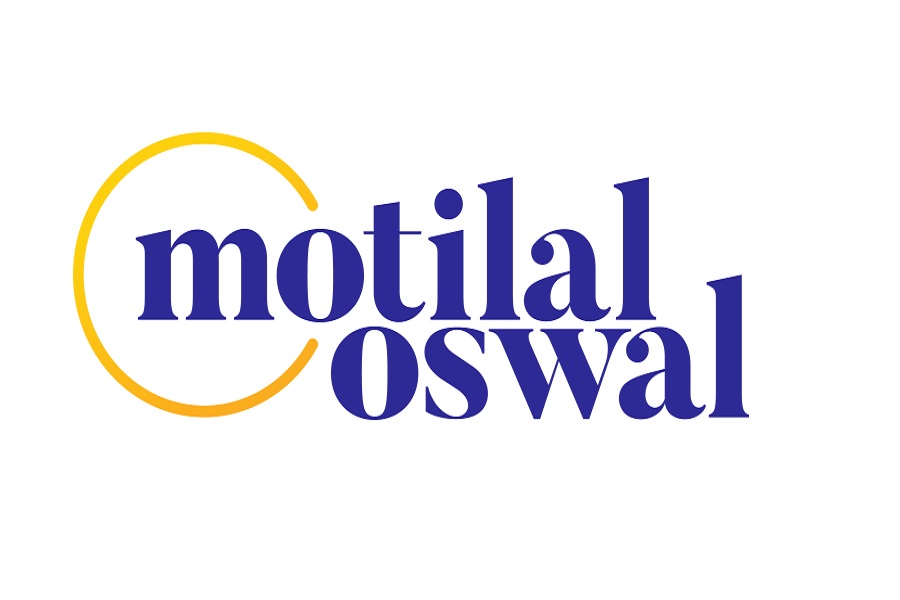
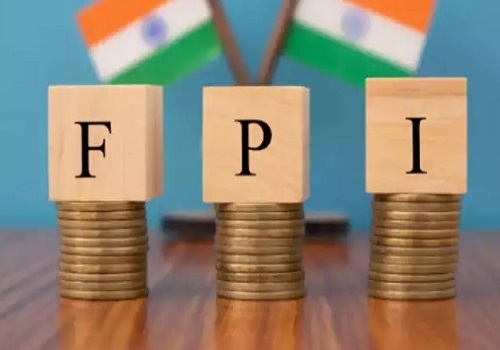

More News

Monthly Auto Sales - April 2025 by ARETE Securities Ltd
